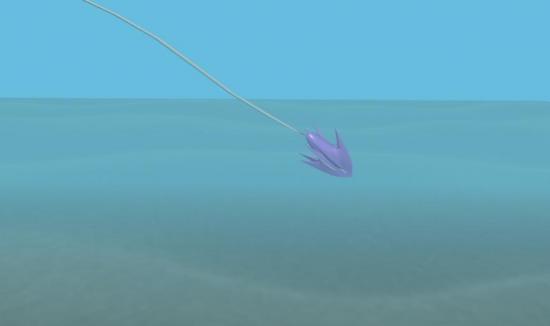BY LETTER
Anchor Seed
 Image from Steve Bowers |
An anchor seed is a seed type used by various gengineered and neogened aquatic plants to take root and grow in deep water environments. When dropped into an aquatic environment, the seed bodies sink to a designated depth, open, and release clusters of novitiate leaves buoyed by gas-bladders. Each leaf cluster remains attached to the seed body by a biogenic basalt fiber-based vascular filament many meters in length, which uncoils out of the seed body as it descends into the depths. Novitiate leaves are protected from grazing by repellent or poisonous compounds within their tissues, while the basalt fibres are worthless as food. Nematocytes are present on the leaves of some clades. A typical anchor seed has a mass in the range of one to ten kilograms. The majority of the mass is stored food for embryo growth. Much of the remainder is stored novitiate leaves.
Morphology of anchor seeds varies according to the environment they are to take root in. Varieties intended for muddy ocean floors or lake beds are elongate to reduce drag as they descend through the water column, and have a ribbed spike protrusion on one end that penetrates into the mud upon impact. Those which take root on rock, or other dense substrates, are typically spheroidal and utilize chemical or geckotech adhesives for the initial anchoring, later sending microfibrous roots into the substrate as the plant grows.
Anchor seeds are distributed by various mechanisms. Some float for a time on the water's surface, drifting or sailing away from the parent plant until buoying gas bladders connected to the seed-shell detach. Others fly via methane gas sacks until they separate or burst and the seed plummets into water. Some are distributed by an intelligent agent, when precision in placement is desired.
Aquatic akilaspek sub-clades, nuytten trees, and jivest are a few clades that have anchor seeds.
Related Articles
Appears in Topics
Development Notes
Text by Johnny Yesterday
Initially published on 21 June 2010.
Initially published on 21 June 2010.






